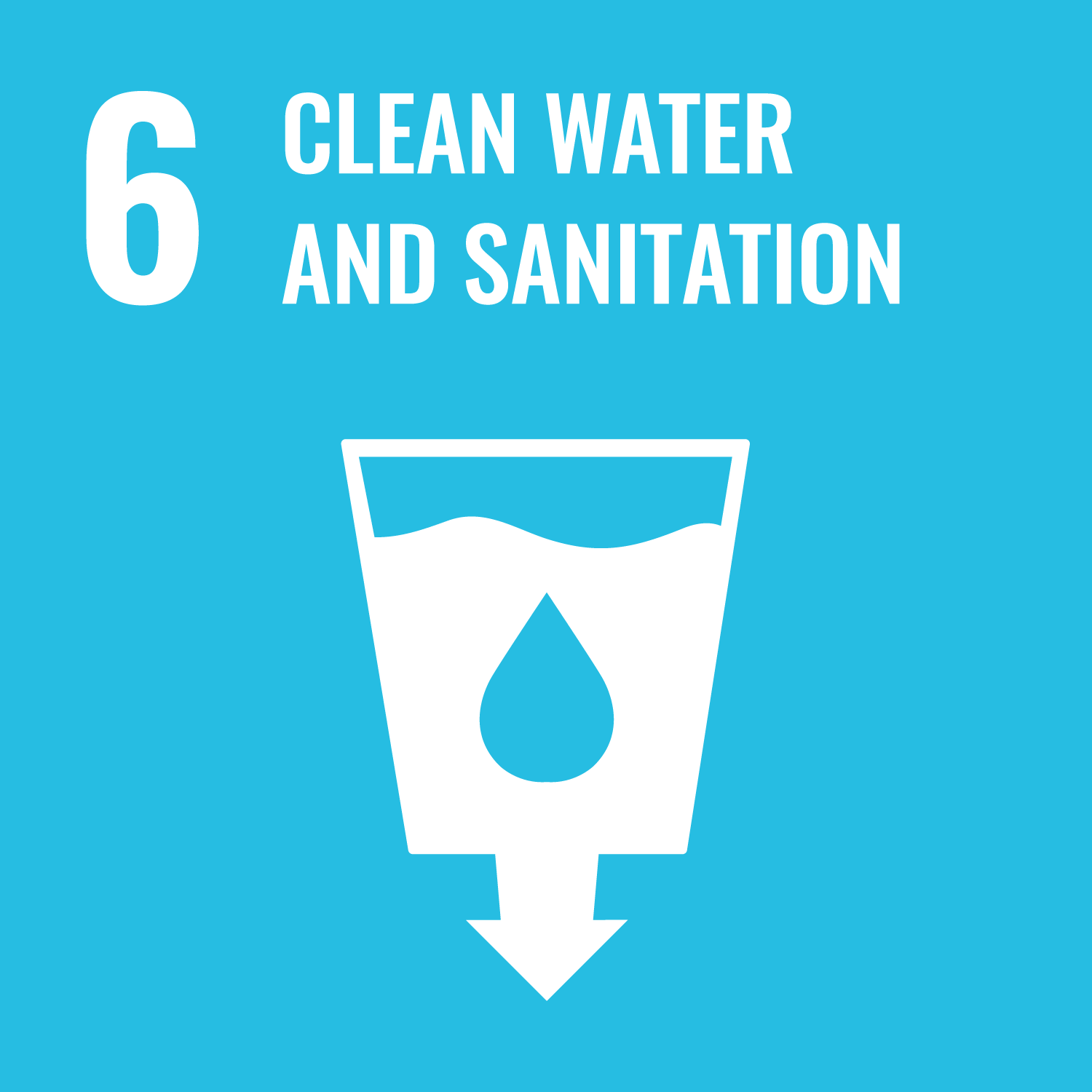Imagine a world where waste isn’t just something to be discarded, but a valuable resource for clean energy and water treatment. Researchers at Universiti Teknologi Malaysia (UTM) are turning this vision into reality by transforming waste from anaerobic biodigesters—plants that break down organic matter—into high-performance materials for energy storage and water purification. This innovative approach tackles the interconnected challenges of water, energy, and waste management head-on.
The core of this research lies in valorizing lignin, a major solid residue from biodigesters, into activated biochar. The UTM team used a mild activation agent, potassium bicarbonate (KHCO3), to convert the lignin into porous carbon materials suitable for supercapacitor electrodes and microbial fuel cells (MFCs). They also explored using the liquid effluent from the biodigester as inoculum and electrolyte for the MFCs, creating a closed-loop system.
The resulting lignin-derived carbons, produced with varying ratios of lignin to KHCO3, exhibited impressive surface areas and pore structures. The carbon produced with a 1:2 ratio of lignin to KHCO3 (LAC-2) demonstrated a superior specific capacitance of 114 F/g. A supercapacitor built with LAC-2 electrodes achieved remarkable performance, with specific energy and power reaching up to 10 Wh/kg and 6.9 kW/kg, respectively. Furthermore, the supercapacitor maintained 84.5% of its capacitance after 15,000 charge-discharge cycles, highlighting its durability.
Beyond energy storage, the lignin-derived carbons also showed promise as electrocatalysts for oxygen reduction reactions (ORR) in a neutral medium, with LAC-2 exhibiting higher electrocatalytic activity than LAC-0.5. The interconnected porous network and high surface area of these materials make them ideal for dual applications. Researchers also successfully tested LAC-2 carbon as an air-breathing cathode in MFCs.
This research demonstrates the feasibility of converting waste into valuable functional materials, addressing multiple environmental challenges simultaneously. The next steps involve optimizing the production process and exploring further applications of these biochar materials in energy and environmental technologies. By transforming waste into a resource, UTM researchers are paving the way for a more sustainable and circular economy.
DOI: https://doi.org/10.1080/1536383x.2025.2522774

